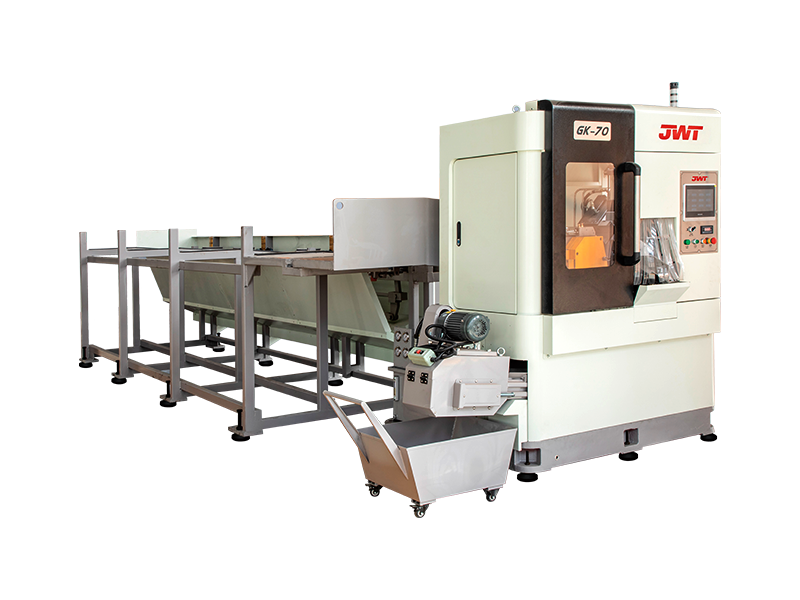How to Optimize Performance and Maintenance of Metal Circular Saw Machines
1. Selecting the Right Blade for the Job
The performance of a metal circular saw machine is significantly influenced by the type of blade used. Choosing the correct blade is critical to ensuring smooth and efficient cuts, as well as prolonging the life of both the blade and the machine.
Blade Material: For cutting harder metals, such as stainless steel or titanium, carbide-tipped blades are highly recommended due to their durability and resistance to wear. For softer metals, high-speed steel (HSS) blades may suffice.
Blade Size and Teeth Configuration: The size of the blade and the number of teeth should align with the material thickness and cutting requirements. A higher tooth count generally results in a finer cut, while fewer teeth provide faster cutting for thicker materials.
Regularly checking and replacing blades ensures optimal cutting performance and minimizes machine strain, reducing the risk of overheating and motor burnout.
2. Maintaining Optimal Cutting Speed
Maintaining the proper cutting speed is crucial for both the quality of the cut and the longevity of the equipment. Cutting too quickly can result in rough edges, excessive heat buildup, and faster blade wear, while cutting too slowly can cause the material to overheat and deform.
Most modern metal circular saw machines come with adjustable speed controls, allowing operators to tailor the cutting speed based on the material being processed. Always consult the manufacturer’s guidelines for recommended speed settings for different metals.
3. Regular Lubrication and Cooling
Proper lubrication and cooling are essential to ensure that the saw machine and blade perform efficiently and last longer. Heat generated during the cutting process can cause friction, leading to excessive wear and tear. Cooling fluids or lubricants reduce friction and heat, allowing for smoother cutting and preventing blade damage.
Lubrication: Always use the manufacturer-recommended cutting fluid or lubricant. Different types of metals require specific types of coolants to optimize performance.
Cooling Systems: Many metal circular saw machines are equipped with built-in cooling systems. These systems help to keep the blade and workpiece at optimal temperatures, ensuring both the material and the machine are not damaged during the cutting process.
Regularly checking and refilling cooling systems will ensure that the machine maintains a steady cutting performance.
4. Routine Machine Inspections
Routine inspections are a key part of maintaining the performance of metal circular saw machines. Check for any signs of wear or damage, such as misalignment, vibrations, or unusual sounds during operation. These issues can indicate problems with the motor, blade, or drive system.

Alignment Checks: Misalignment can cause uneven cuts and additional strain on the machine, leading to premature wear. Periodic checks and adjustments to ensure proper alignment will help maintain accuracy.
Motor and Drive System Maintenance: The motor should be kept clean and free from dust and debris. Ensure that the drive belts and pulleys are in good condition and replace them if they show signs of wear.
By performing regular inspections, you can identify issues early and address them before they lead to significant downtime or costly repairs.
5. Cleaning and Dust Removal
Over time, metal circular saw machines can accumulate metal shavings, dust, and debris from the cutting process. These materials can hinder performance and cause parts to overheat or jam. After each use, it is important to clean the machine thoroughly, paying special attention to the blade, motor, and cooling system.
Blade Cleaning: Remove any built-up debris from the blade and ensure it is free of metal shavings or residue.
General Cleaning: Use compressed air or soft brushes to remove debris from the machine’s internal components, including the motor housing and drive system.
A clean machine will run more smoothly, reduce the risk of overheating, and improve the overall cutting performance.



 中文简体
中文简体 русский
русский







